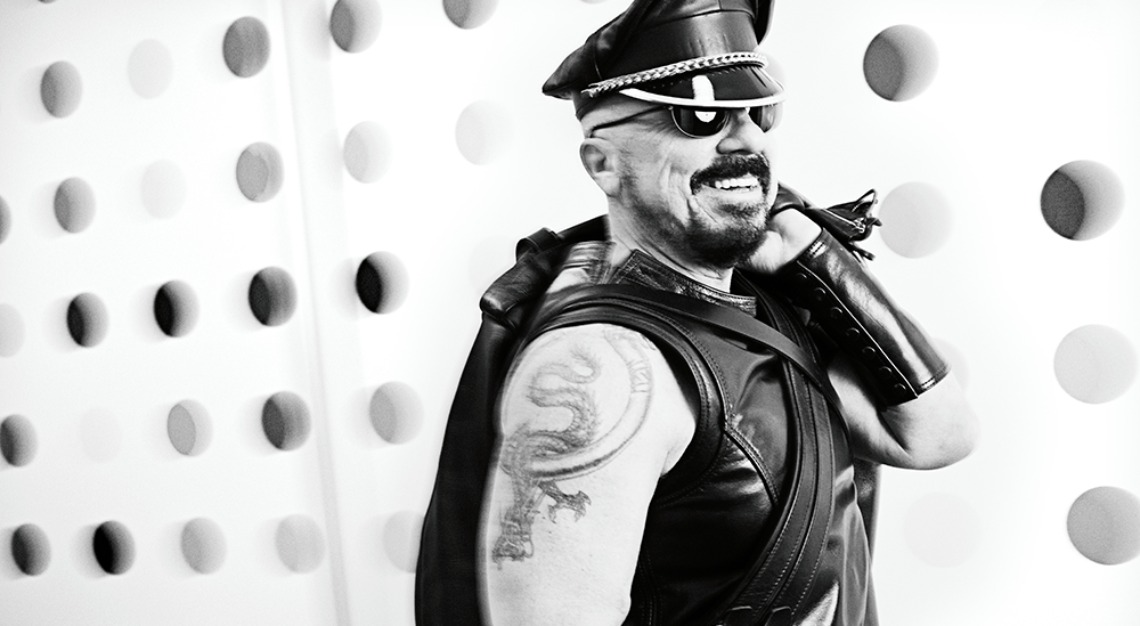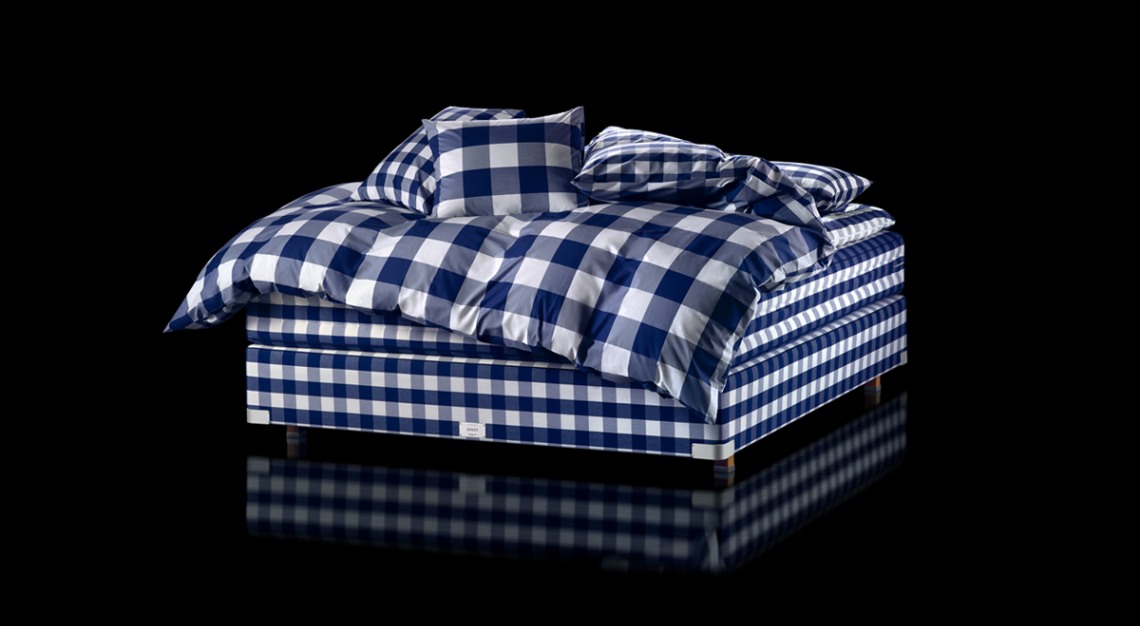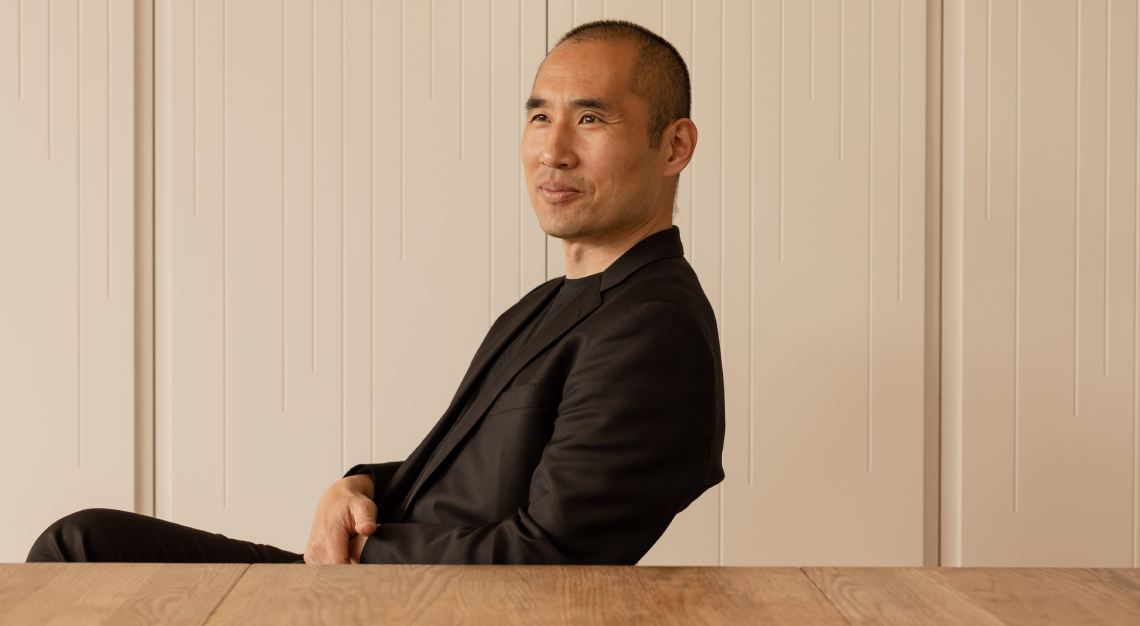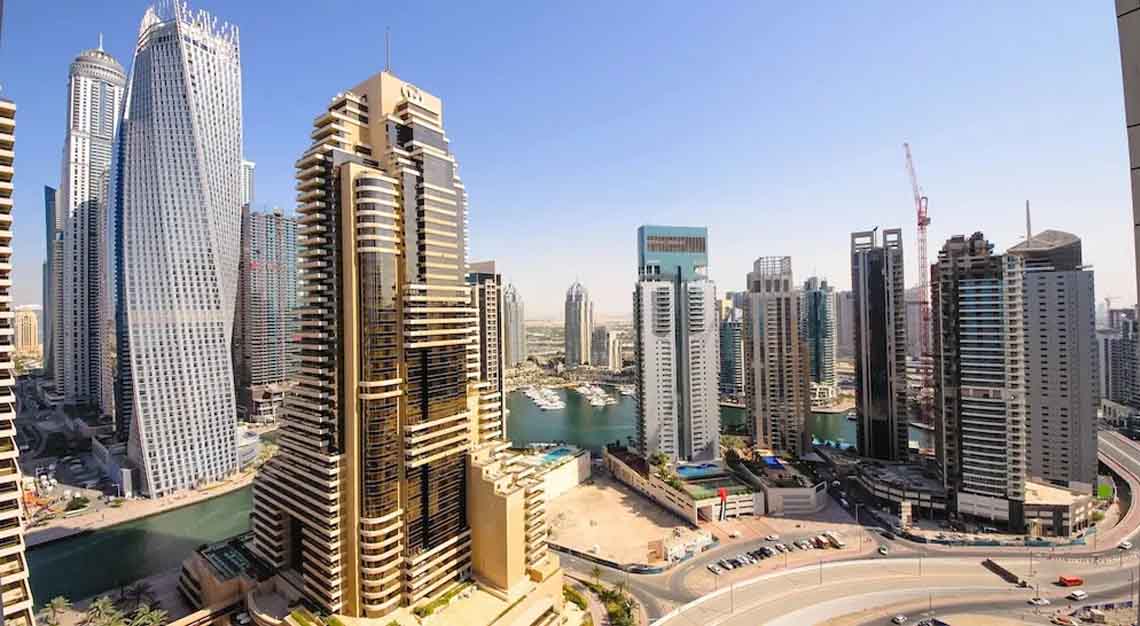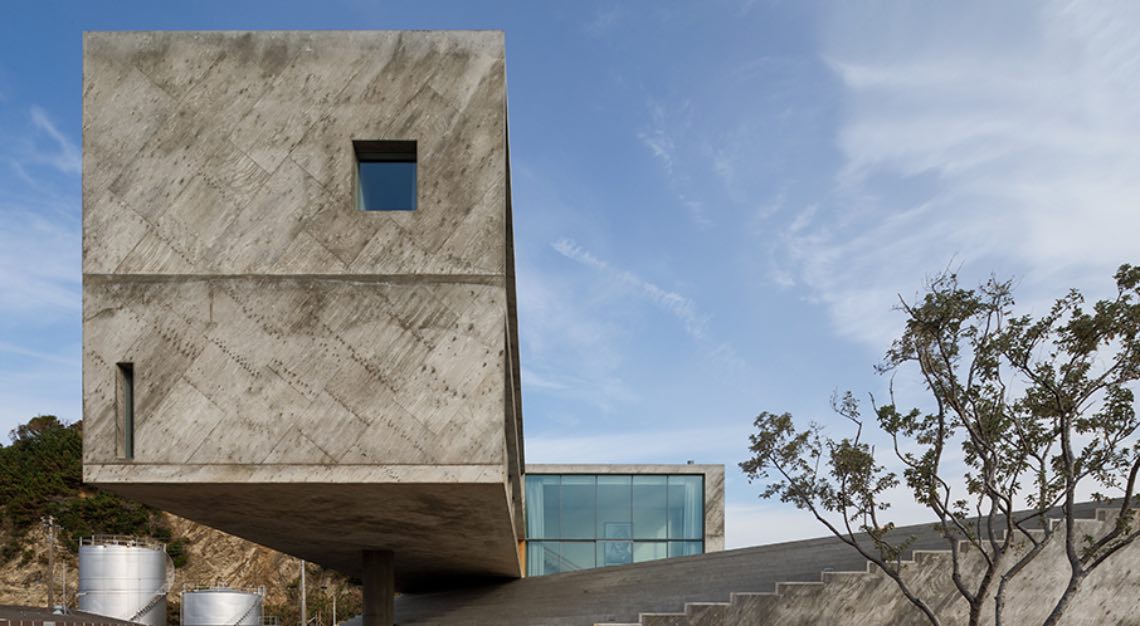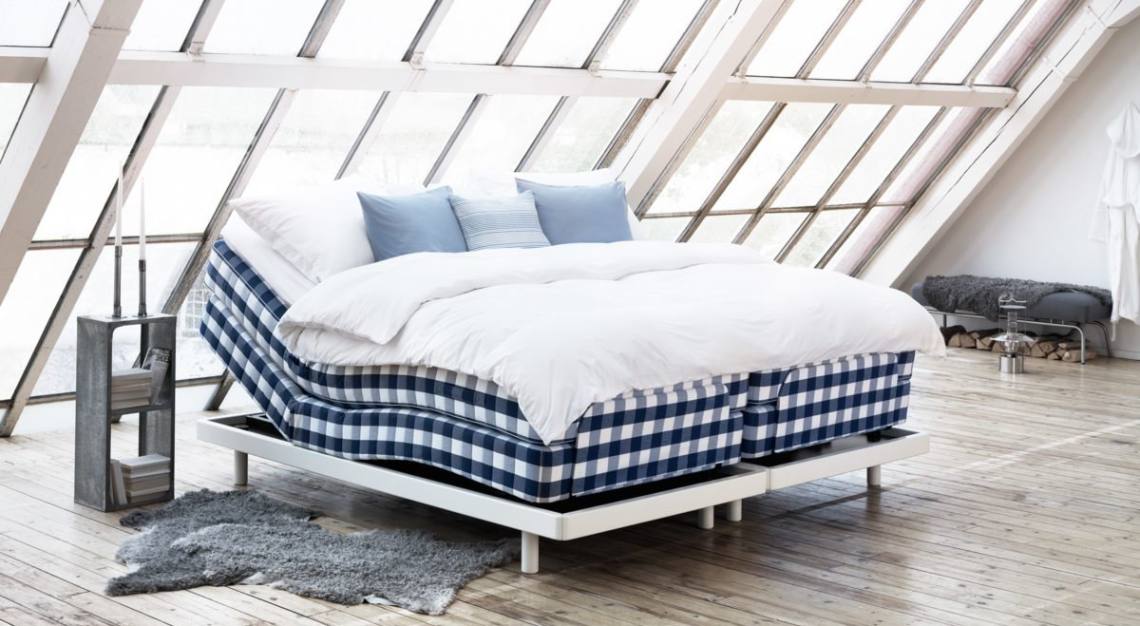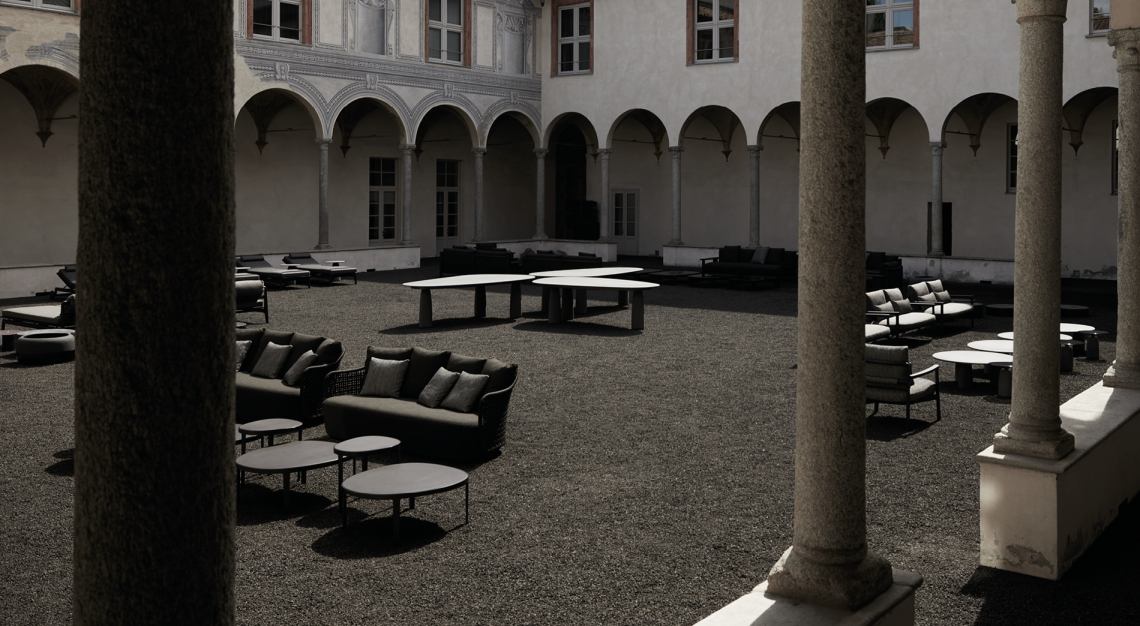The Answers With… Peter Marino, the architect for Chanel and Dior who got his start renovating Andy Warhol’s Manhattan townhouse in the late ’70s
Few, if any, architects have worked on as many luxury retail projects as Peter Marino. He has been credited with redefining the discipline via big commissions such as a strikingly minimalist Giorgio Armani store in New York and a black-and-white Chanel tower in Tokyo. Both infused aspects of brand identity into the brick-and-mortar, a welcome antidote to more generic storefronts.
Over the years, his practice – which has offices in Manhattan, Philadelphia and Southampton – has worked residential designs as well, a discipline Marino broke into by renovating Andy Warhol’s Upper East Side townhouse in the late ’70s. It’s retail, though, and specifically as it pertains to one particular brand, that is the subject of his new book, Peter Marino: The Architecture of Chanel, out this month.
One of the main focuses of your new monograph is Chanel’s architecture based on its geographic context. How essential is that context to architecture and design?
Context is essential to architecture that I produce. Otherwise, you get McDonald’s “one size fits all,” which is brand-boxing, not architecture.
Have luxury-retail commissions slowed down due to the pandemic?
I thought all the brands would go into hibernation. But for companies that are well financed, they look at this as a moment of opportunity. They’ve all said, “Business is slow anyway, so let’s renovate all our stores.” We have a new building for Chanel opening in Miami in December; another building for the brand in Los Angeles is underway. For Dior, the flagship on Avenue Montaigne is doubling in size from our 1995 version and opening in December. We recently opened Cheval Blanc Paris, a nine-story hotel with four restaurants we designed this past September. Even during the pandemic, we opened a new Louis Vuitton in Tokyo and another in Dubai.
Apparently, prior to our Zoom era, you had no desire to ever touch or use a computer. Why is it so important to you that your sketches and ideas are all drawn by hand?
Computers actually aesthetically interfere with one’s ideas. They have their own visual look that’s commercial and dull.
How do you choose artists when incorporating art into a space?
One of the things I bring to architecture is my fine-art background and my interest in fine arts, my involvement with artists and the way my career was launched with artists. I go to art galleries wherever I am in the world – New York, London, Venice, Milan, Paris. I gather ideas, I make meaningful connections and I take notes.
This story was first published on Robb Report USA
